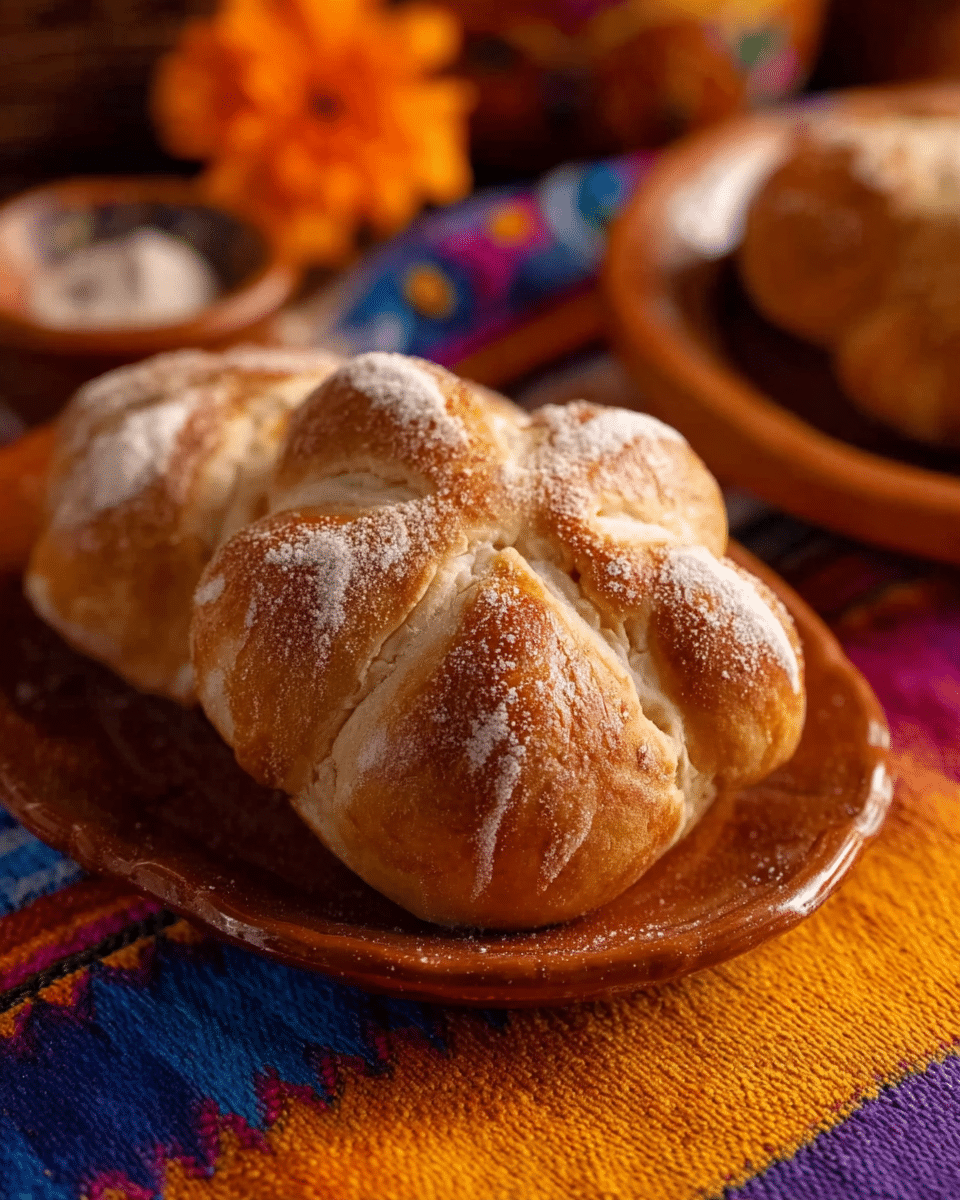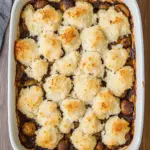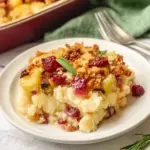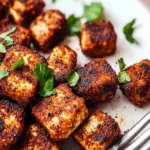The Cultural Significance of Pan de Muerto
Pan de Muerto is not just a dessert; it is a cultural symbol that carries deep meaning for those who celebrate Día de los Muertos. The bread’s ingredients and shape are steeped in history, and it serves as a tangible representation of the spiritual journey between life and death. Each part of the bread holds symbolic value, with the round shape signifying the cycle of life and the “bones” on top representing the departed souls. The sugar sprinkled on top also symbolizes the sweetness of life, while the orange blossom water reflects the connection between the physical world and the spiritual world.
During Día de los Muertos, families create altars to honor their deceased loved ones, and one of the most important elements of the altar is the offering of food, including Pan de Muerto. The bread is typically placed on the ofrenda as a gift for the spirits of the departed, inviting them to return and enjoy the offerings made in their honor. The act of making and sharing this bread is a way for families to connect with their ancestors, celebrate their memory, and reflect on the cycle of life.
Pan de Muerto is a focal point during these celebrations, and it is often shared among family and friends, making it an essential part of the community bonding that happens during this time. Beyond its symbolic importance, the bread is also a way for families to come together and enjoy a delicious treat, continuing the traditions that have been passed down through generations.
What Makes Pan de Muerto Special?
What sets Pan de Muerto apart from other breads is its unique flavor and texture. The dough is rich and buttery, giving it a soft and fluffy texture that is both satisfying and comforting. The addition of orange juice and orange blossom water gives the bread a fragrant, citrusy aroma that sets it apart from other sweet breads. This distinctive flavor is enhanced by the sweet, slightly crispy sugar coating that is often sprinkled on top after baking.
In addition to its flavor, the process of making Pan de Muerto is also special. The bread is kneaded by hand, allowing the dough to develop a smooth and elastic texture. The shaping process is also an important part of its creation, as it requires care and attention to detail to achieve the iconic shape of the “bones” on top of the round dough. This aspect of the bread-making process makes Pan de Muerto a true labor of love, as it takes time and effort to ensure that the bread is made with care and precision.
Whether baked in a large round loaf or individual smaller pieces, Pan de Muerto has a comforting, homey quality that makes it perfect for sharing. It is often enjoyed with hot chocolate or coffee, which complements the richness of the bread and provides a warm, cozy experience that is perfect for the fall season.
How Pan de Muerto is Made
The process of making Pan de Muerto begins with a yeast-based dough that is enriched with sugar, butter, eggs, and orange juice. The dough is kneaded until smooth and elastic, which helps it rise and become fluffy during baking. One of the key ingredients in Pan de Muerto is orange blossom water, which imparts a unique, fragrant flavor to the bread. If orange blossom water is unavailable, a little extra orange zest and juice can be used as a substitute, though the delicate fragrance of the blossom water is what truly makes the bread stand out.
After the dough has risen, it is shaped into a round loaf with smaller pieces of dough formed into the “bones” that sit on top of the bread. These bones symbolize the remains of the departed and are traditionally shaped into a cross or other symbolic patterns. The dough is then brushed with an egg wash to give it a golden color during baking, and a final dusting of sugar is applied to create a sweet, crispy finish.
The bread is baked at a moderate temperature until it is golden brown and slightly crisp on the outside. Once baked, the bread is allowed to cool slightly before being served, often with a drizzle of melted butter or a sprinkle of sugar for extra sweetness. Pan de Muerto is best enjoyed while still warm, allowing the flavors and textures to shine.
Serving Pan de Muerto
Pan de Muerto is traditionally enjoyed during Día de los Muertos, but it can be savored year-round as a comforting treat. It is often served with hot chocolate or café de olla, both of which pair wonderfully with the bread’s rich, buttery flavor. The warmth of the beverage complements the softness of the bread, creating a comforting and indulgent experience that is perfect for cool autumn mornings or cozy afternoons.
In addition to being enjoyed with drinks, Pan de Muerto can also be used as a filling for other desserts or breakfast items. It can be sliced and served as part of a sweet breakfast spread, or the bread can be toasted and spread with dulce de leche, cajeta, or jam for a simple, yet satisfying treat. The bread’s sweetness and delicate flavor make it an excellent base for creative recipes, such as Pan de Muerto French toast or bread pudding, which can be made by soaking slices of the bread in a custard mixture and baking it for a delicious twist on the traditional dessert.
For those celebrating Día de los Muertos, Pan de Muerto is an essential part of the ofrenda, where it is placed alongside other offerings such as candles, marigolds, and photographs of the departed. The bread serves as a symbolic connection to the spirits of the deceased and is meant to honor and welcome them back for the celebration. It is also shared among family members, symbolizing the importance of family, tradition, and remembrance.
The Symbolism of Pan de Muerto
Pan de Muerto is deeply symbolic, and its distinctive shape and ingredients reflect the significance of the Día de los Muertos holiday. The round shape of the bread represents the cycle of life and death, while the “bones” on top represent the souls of the departed. The cross formed by the bones symbolizes both the four cardinal directions and the continuity of life. The sugar that coats the bread is symbolic of the sweetness of life and the joy that comes with remembering loved ones.
The use of orange blossom water in the bread adds another layer of meaning, as the fragrance is often associated with purity and the spiritual realm. Orange is also a color traditionally linked with the Day of the Dead, as it is believed to help guide the spirits of the departed back to their families. The combination of these symbolic elements makes Pan de Muerto much more than just a sweet treat—it is a meaningful part of a celebration that honors life, death, and the enduring connection between generations.
Conclusion
Pan de Muerto is a beloved Mexican tradition that celebrates both the memory of departed loved ones and the joy of family gatherings. With its soft, fluffy texture, fragrant orange flavor, and symbolic shape, this sweet bread is an integral part of the Día de los Muertos celebrations. Whether enjoyed with a cup of hot chocolate or shared with family and friends during the holiday, Pan de Muerto represents the beauty of tradition, remembrance, and the sweetness of life. Its rich history, cultural significance, and delicious flavor make it a timeless treat that will continue to be cherished for generations to come.






